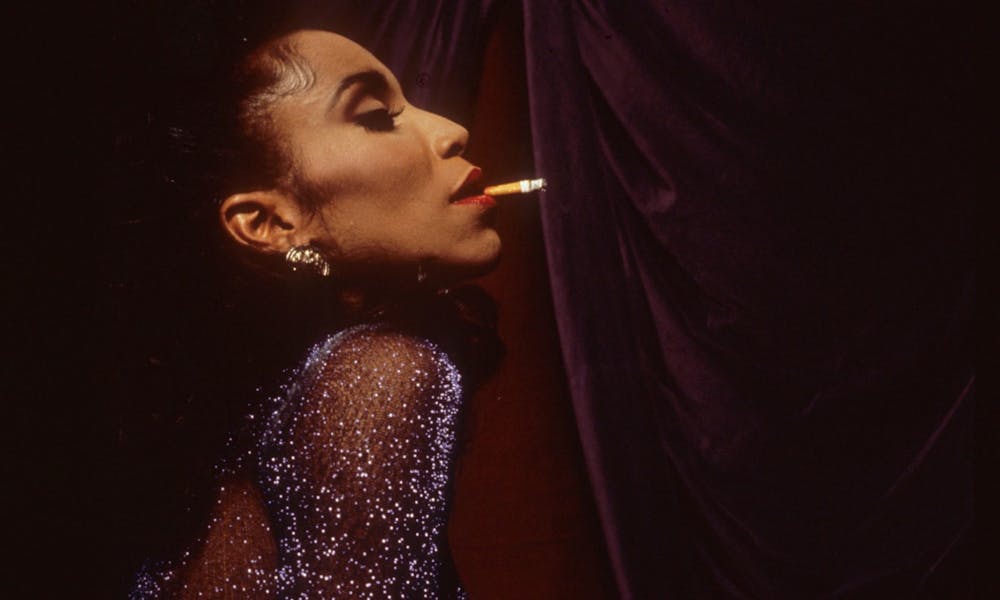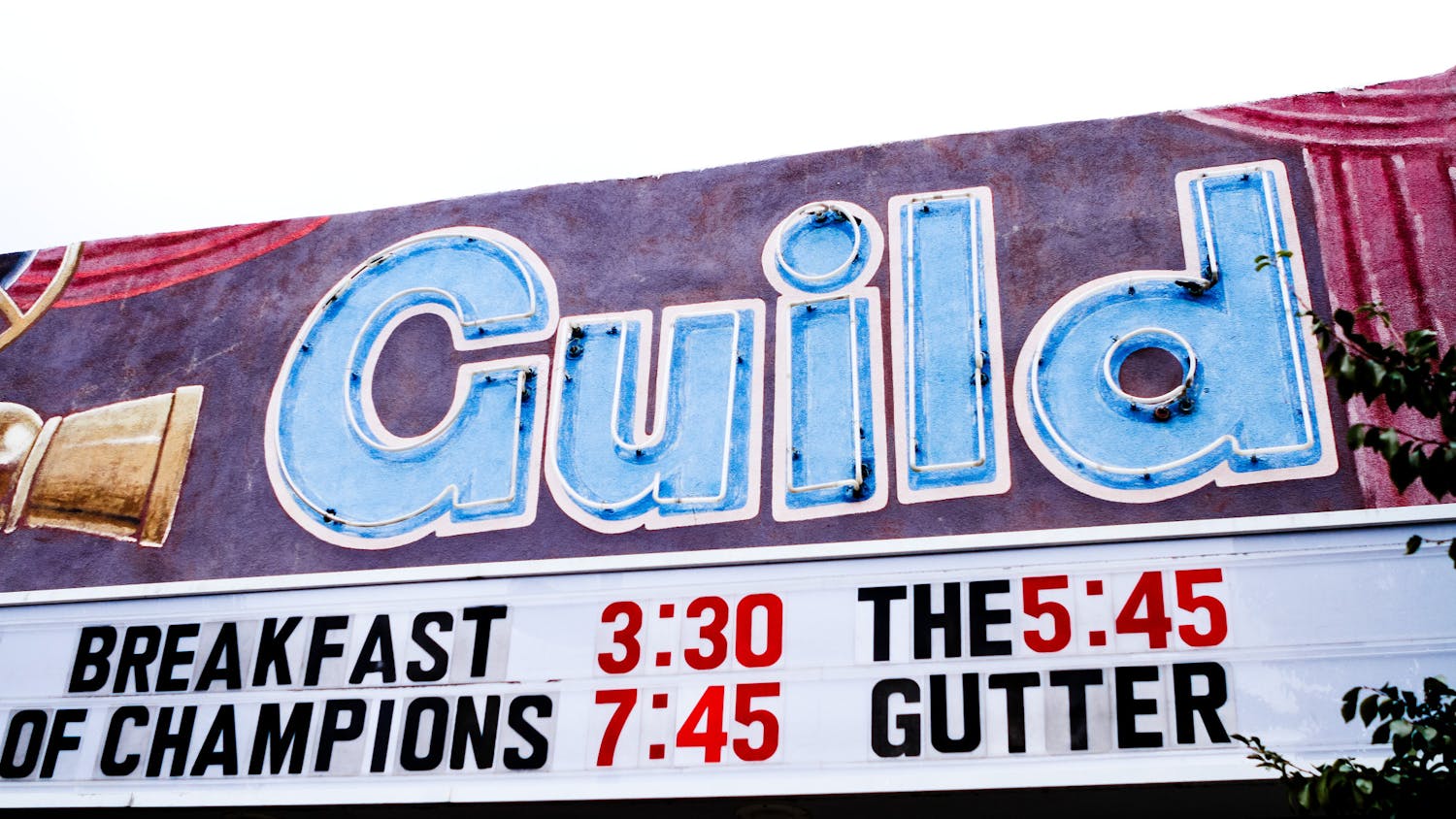“Paris is Burning” was a landmark film upon its release in 1990 and, to this day, remains one of the finest and most celebrated examples of LGBTQ+ cinema. Its impact on filmmaking has been widespread and actually served as direct inspiration for the hit FX show “Pose,” on which “Paris is Burning” director Jennie Livingston served as a producer.
It’s not hard to see why the film has had such a large-scale impact. Setting aside the visual and technical aspects, the film captures a community that has historically been underrepresented within film and approaches its subject with grace and sympathy. It’s distinctly human and fantastically fun to watch.
Of course, the visual and technical aspects still play a large role in making the film stand out. Rewatching this film in 2022, the 16mm photography is immediately eye-catching and exquisitely breathtaking. There’s something truly nostalgic and warm about the vivid colors and graininess that the 16mm film provides.
The warmth and colors of the film are further complemented through Livinston’s sympathetic directing style of documentary filmmaking. The openness and ease of the commentary of the interviewees is what makes the film truly memorable. Livingston interjects the film with personal shots that show drag queens getting ready and of members of the ball scene explaining how they have been saved by the community. Most importantly, Livinston’s film provides an inside look of the extravagant ball scene and culture of late 1980s New York City.
Livingston and cinematographer Paul Gibson make very distinct choices in their composition. With almost every frame, Gibson and Livingston seem to search desperately for any object that can exist within the foreground. These objects are brought closer by the use of very wide lenses throughout. These wide lenses also provide the audience with distinct and stunning close-ups of Livingston’s subjects.
Livingston’s choice of composition and footage gives viewers a rich and personal view into a portion of LGBTQ+ culture and the importance of a chosen family. “Paris is Burning” elevates the voices of members of the LGBTQ+ community through showcasing the importance of true self-expression. Visually and thematically, the film follows the fluidity of queer body and queer expression within a rigid cisgendered and heteronomative society.
One visually striking moment from the film is when Willi Ninja, playing himself, is discussing voguing while doing so in what appears to be a park. Ninja explains how it’s a form of expression and passes through quick, improvised movements with a beautiful edge light that perfectly captures his silhouette, only emphasizing Ninja’s place as the subject of the frame. A generic group of people sit behind Ninja, creating contrast between Ninja’s self-expression and confidence outside of the ballroom and the group’s contentment with being unnoticed.
As a documentary, the film also exhibits some unusual quirks that set it apart from other films in the genre. There are multiple moments of large text interjections similar to those found in the films of Jean-Luc Godard, almost signaling distinct sections. The interviews utilize your typical static, documentary-style camera, but also move somewhat wildly to different positions and angles without any cuts or stops in the dialogue. These sections provide the viewers the opportunity to easily digest the layered and rich subculture of the LGBTQ+ community, along with the ritual performance of balls.
“Paris is Burning” is a film full of color, passion and earnest expression. It stands as a relic, providing an introspection into the lives of LGBTQ+ people living through one of the most arduous times in LGBTQ+ history. During the making of the film, real-life communities continually struggled for acceptance and fought against the AIDS pandemic, which was lightly touched on by the film. Since its release, much of the original cast has passed away due to AIDS-related complications and violence, including Ninja, Venus Xtravanganza, Dorian Corey and Angie Xtravaganza.
Joseph McKee is the design director at the Daily Lobo. They can be contacted at designdirector@dailylobo.com or on Twitter @j_mckee_
John Scott is the managing editor at the Daily Lobo. He can be contacted at managingeditor@dailylobo.com or on Twitter @JScott050901
Get content from The Daily Lobo delivered to your inbox






